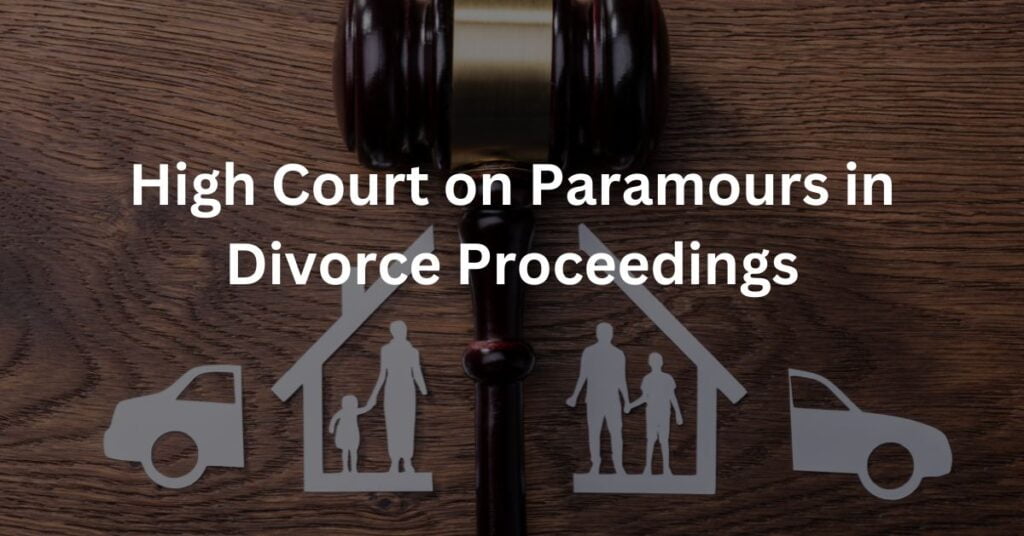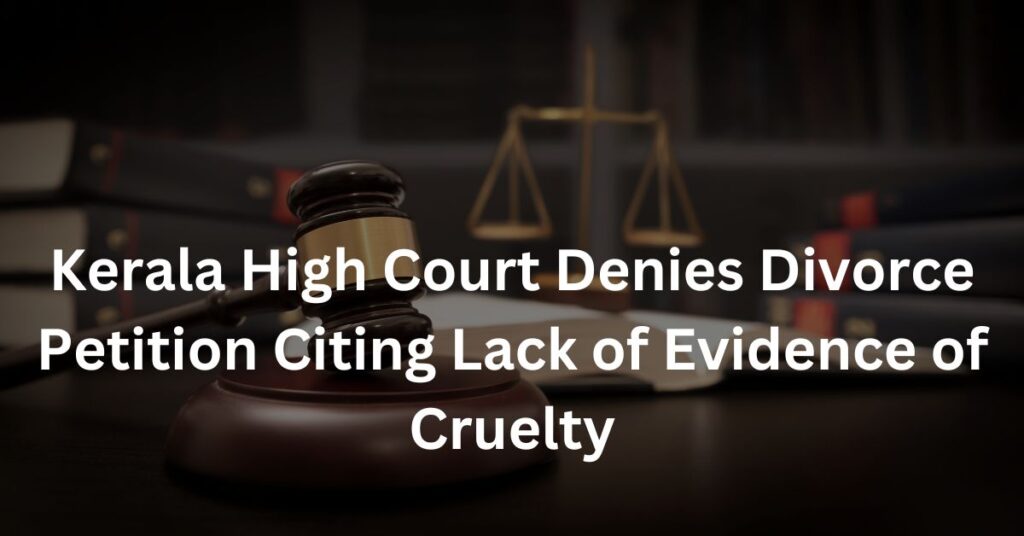Context and Appeal
On May 14, 2024, the High Court of Delhi reviewed an appeal (MAT.APP.(F.C.) 138/2024) concerning a Family Court judgment dated March 28, 2024. The appellant challenged the Family Court’s decision to remove an individual, identified as respondent no.3, from the list of parties involved in the divorce proceedings. This decision was made under the powers granted by Order I Rule 10(2) of the Code of Civil Procedure, 1908 (CPC). The Family Court had concluded that including this individual would embarrass her and potentially delay the trial, referencing Order VI Rule 16 of the CPC.
Legal Framework and Court’s Rationale
The appellant argued that the High Court rules mandated the inclusion of paramours in divorce petitions, citing rules under the Hindu Marriage Act, 1955 (HMA). Specifically, the appellant referred to Rule 7(g)(iii) of the Delhi High Court Rules, which requires the petitioner to state the name, occupation, and residence of individuals involved in alleged adulterous relationships. However, the High Court clarified that while these details must be included in the petition, the paramours do not need to be listed as parties in the case.
The High Court noted that including such individuals as parties is unnecessary. Instead, they can be called as witnesses if needed. The Court emphasized that the Family Court was correct in removing respondent no.3 from the proceedings but disagreed with the rationale provided. The inclusion of paramours as parties was deemed unnecessary and potentially harmful to the trial process.
Implications for Divorce Proceedings
The judgment underscores the distinction between providing material particulars about alleged adultery and the necessity of listing paramours as parties in divorce cases. The High Court stated that while allegations of adultery should be specific and detailed, they should adhere to Rule 7(g)(iii) of the Delhi High Court Rules. This ensures that the respondent has an opportunity to address the allegations without complicating the proceedings by adding unnecessary parties. The High Court upheld the Family Court’s order and suggested that other named paramours could also be removed from the list of parties if deemed appropriate. The decision aims to streamline divorce proceedings and ensure that only relevant and necessary parties are involved.
Conclusion: The High Court’s ruling reinforces the need for precise and relevant allegations in divorce petitions while avoiding unnecessary complications by including paramours as parties. This approach balances the need for detailed pleadings with the efficiency and focus required in legal proceedings.



